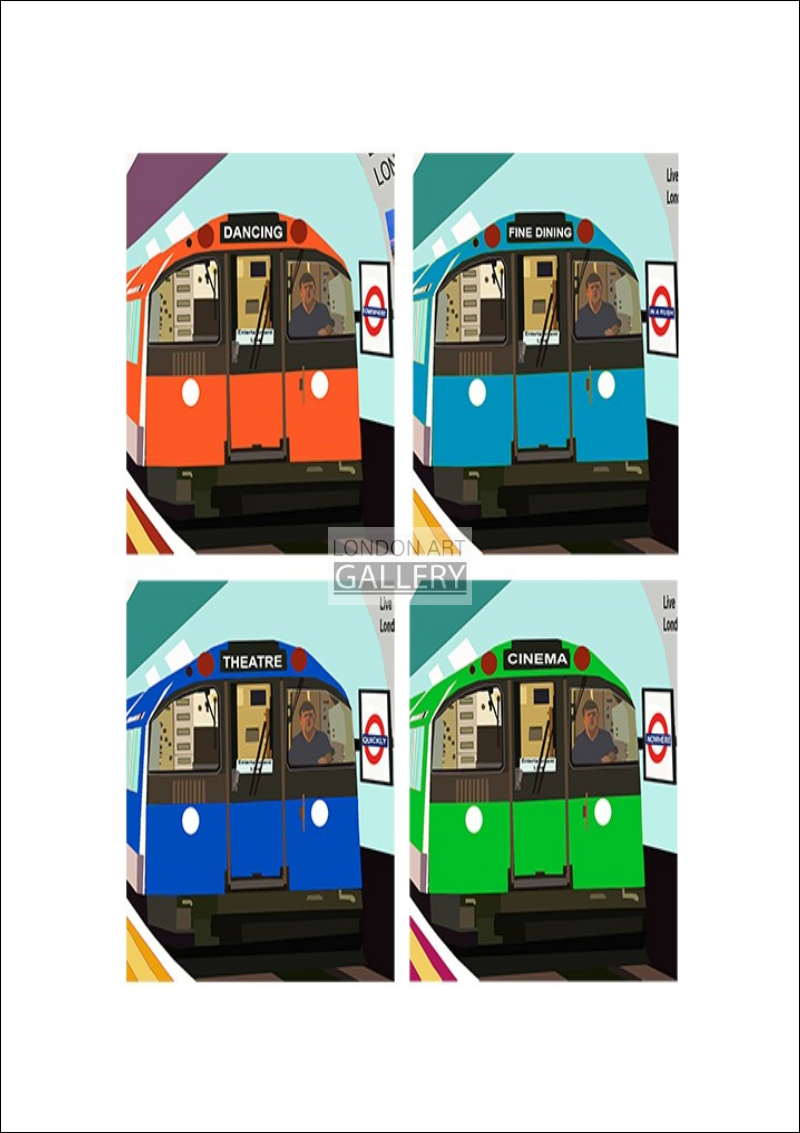Description
London Underground rolling stock includes the electric multiple units that run on the London Underground. The trains come in two sizes, smaller deep-tube trains and larger sub-surface trains that are of a similar size to those on British main lines. New trains are designed for the maximum number of standing passengers and for speed of access to the cars. Services started in 1863 when the Metropolitan Railway opened using steam locomotives hauling gas-lit wooden carriages, braked from guards’ compartment. In 1890, the first tube railway opened, using electric locomotives hauling carriages with small windows, nicknamed “padded cells”. Other tube railways opened in the early 20th century using electric multiple units known as gate stock, as access to was via lattice gates at each end of the car. The earlier railways had electrified the underground sections of their lines by 1907. Pneumatic sliding doors were introduced on tube trains in 1919 and sub-surface trains in the late 1930’s. Until the early 1960’s an electric locomotive was exchanged for a steam locomotive on Metropolitan line services beyond Rickmansworth. The Victoria line opened in the late 1960’s using Automatic Train Operation (ATO), and the last trains ran with a guard in 2000. As of March 2013 the Central, Jubilee and Northern lines also use forms of ATO, the latter two are called TBTC (Transmission Based Train Control).





